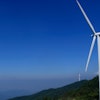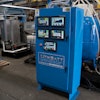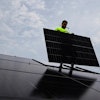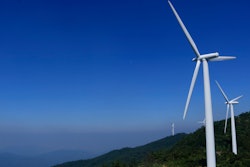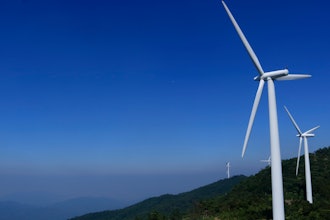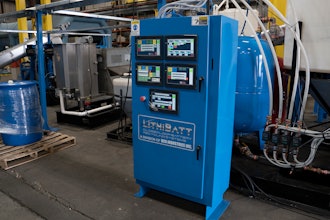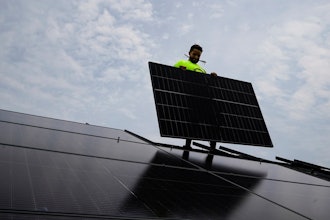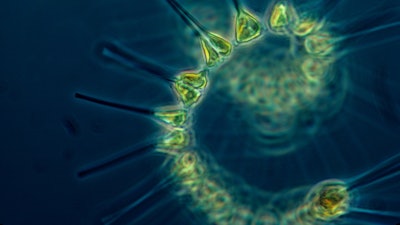
The Defense Advanced Research Projects Agency (DARPA) last week announced a new program to see if dissolved organic matter, like phytoplankton, zooplankton, and even microplastics, could be used to refuel ocean-deployed sensors to extend mission life. The BioLogical Underwater Energy (BLUE) program hopes to find an answer to the energy problem with low environmental impact using abundant and energy-dense forms of marine biomass and other substances.
Ocean-deployed sensor systems, like those used to measure water temperature, salinity, and flow patterns, hold great potential. The sensors are used for everything from national security and monitoring marine climate change to understanding the dynamics of marine environments. Most of these systems are powered by batteries.
Most Read on IEN:
- Podcast: Breaking Down the Boeing Hack
- Stranded Space Factory Can Finally Return to Earth
- Podcast: Army Scraps Billion-Dollar Program; United Grounds New Planes; Russian Component Conspiracy
- Gen Z in Manufacturing: Working for Lockheed Martin
However, batteries die and sometimes rather quickly as these high-duty cycle sensors perform data processing and communications that require significant electrical power. As a result, these systems require service to recharge or replace depleted cells, which is expensive and logistically demanding and places personnel at risk.
So, DARPA launched the BLUE program to find a novel, persistent, sustainable, low-environmental impact power supply that provides ultralong endurance and high payload capacity to remote, ocean-deployed sensor systems.
According to Dr. Leonard Tender, BLUE program manager, an onboard device could, theoretically, convert marine biomass into simple fuels and then convert those fuels into operational power. He says, "Achieving battery-level power persistently and while fully submerged would be a game changer."
The project is looking for partners to initially focus on microscopic marine biomass that can be used to generate electrical power, identify the critical environmental features needed to meet program goals, and leverage biology best to develop the process for conversion of the input materials to electrical power.
Prospective teams will also develop ways to capture and mass transport biomass through conversion to enable up to one year of continuous power generation.
BLUE's final step includes a comprehensive ecological and environmental impact analysis to ensure system safety.
